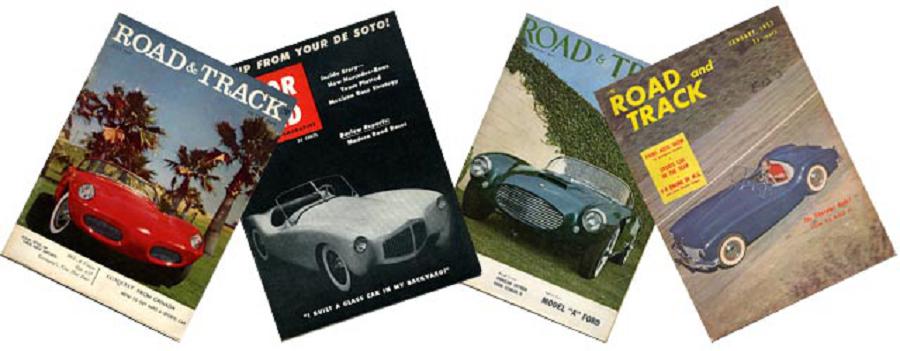
Hi Gang…
We’ve come to a point at Forgotten Fiberglass where we need to step back and answer some larger more analytical questions. Recent contributions to the website by Joel Driskill and Rick Feibusch have provided excellent food for thought, and it was those and other articles that crystalized Guy Dirkin’s thoughts on issues and ideas that we’ve been debating for some time.
Guy responded with his initial thoughts to Joel’s article on Chuck Manning with an extended comment which many of you responded to. Today’s article is Guy’s extended thoughts on this issue with many of his initial points discussed in greater detail.
All of this activity has led to two additional features on our Forgotten Fiberglass website – all oriented around articles that contribute to the analysis and discussion of key issues of building your own sports car in the 1950s:
- A “Must Reads” page of the best of what Forgotten Fiberglass has to offer, in a series of articles that relate to this core analysis. Click here to review this page.
- A category of stories called “Must Reads – Fiberglass Essentials” which are focused on “big picture” issues that relate to the analysis of building your own sports car in the ‘50s and its impact on the automotive industry in the postwar era. Click here to review this category of stories.
So, let’s have at it gang. Checkout Guy Dirkin’s thoughts below and add your comments after the story.
Assembling the Pieces of the History of Post World War II American Sportscars
By Guy Dirkin
Fiberglass cars have been forgotten, passed over, shunned, and ridiculed by many who profess an interest in cars. In reality, low production and one off specials had a ripple effect on the automotive world and have been forgotten largely because there has been little information to explain there importance. Once explained, their importance is justifiable.
The evolution of the Forgotten Fiberglass web site has provided structure to the builders of American post-war sports cars: one, “one off”, at a time. The ability to look back over 60 years and gather difficult to find, single pieces of a mosaic, and start to assemble an important missing picture of American sports car development is tedious, hard, manual labor. Frankly that is why it has not been done before: adequately anyway.
The early fiberglass bodied American Sports cars have caught the attention of key influencers in the automotive milieu. Established automotive historians, designers and design school faculty, as well as top concour show promoters fully comprehend the impact these cars had in their day, as well as their presence and place amongst the modern day collector car scene. They get the focus of Forgotten Fiberglass’ contribution to automotive history at large. Early American sports cars that practically no one has heard of are getting “hot”.
However, the vast majority of car enthusiasts have given no thought, or at best minimal thought, to the origins of the American sportscar. When it comes to the fiberglass segment, fiberglass cars are kit cars, right? Badly made, right? Goofy, right? To move the needle on the guy at the center of American car culture will be very hard and take many years.
The Forgotten Fiberglass web site is built on facts. Facts are the only secure way to change the needles set point. The blog capabilities following a posting allow all to input in real time. Thoughtful input can be captured immediately. If a book had been written on this subject, input may influence the second edition, published maybe ten or twenty years later. The forgotten fiberglass web site is the way historical research has to be done now. Nearly all other options are far less productive.
Recently a little know publication by Chuck Manning called “Manning Competition Car” has emerged and was posted on the Forgotten Fiberglass website. It was written in the mid-1950. Click here to review the Chuck Manning publication and associated comments. While it is difficult to piece together the mosaic described above, when you are living in the era of interest it is much harder. It will be much easier to determine the cause and consequences of the global financial crisis, circa first decade of the 21st century, sixty years from now, then it is to do so now.
Chuck Manning did a good job describing the basics of building a sportscar in his publication. But he also spoke to several critical variables that we are today looking to define more acutely. Let’s take a look at several key points put forward by Manning in the 1950’s. They are very helpful in furthering our understanding of the American Sportscar evolution.
* First, he acknowledged demand.
Demand for affordable American sports cars. The market for sports cars in the United States was probably less than 500,000 “would be” buyers and certainly less that 100,000 “actual” buyers. A large manufacturer would not be interested in building low production sports cars and specialty cars for such a small total market.
Even if a large manufacturer captured 25% of the sportscar market, the total sales for the year would not equal 2-3 days worth of total assembled units. From Manning’s perspective, 100-200 cars per year would be a huge success. There was a demand, but the market was small – even if it was filled with enthusiasts.
* Second, he provides the logic of using a composite body in sportscar and race car building.
Composite bodies still dominate small production race and sportscar building today. Composite materials are relatively cheap, easy to shape and easy to repair. Composites are so logical for small production cars: composites should not be viewed as a low quality option but the only option, in my opinion.
* Third, he realistically says if you’re going to cost effectively build a small production car you have to use readily available chassis and components from major car manufacturers.
Successful manufacturers of small product sports cars have taken this route for years. The rear wheels and tires of an American sportscar special do not know if rotational force is supplied by Detroit or Maranello!
* Fourth, Manning goes on to discuss concepts of frame construction, front and rear suspension and brakes. This introduces an important issue: “building constructs”.
He talks about “constructs” because he recognized that builders were not building kits. His in-period writing is to sports and race car builders who had to figure out..well, everything about building a car. Developed kits were still 5-10 years away.
Impact:
The Manning publication is an important insight that summarizes what was actually happening in the 1950’s and why. Now, sixty years later, we are piecing together the context with the advantage of hind sight. There are a number of variables that have caused early fiberglass bodied cars to be “forgotten”. To summarize them all is not the goal here. The recognition of the points offered by Chuck Manning is part of the explanation of why American Sportscars were built, the demand for them, and the solutions to the choices of parts and bodies.
The Manning publication contributes to our understanding of why cars were built the way they were in the early to mid 1950s. Other period writings help explain the ripple effect of the small manufacturers on the automotive world.
But that will have to wait for another day.
Guy Dirkin: April, 2012
Summary:
The Forgotten Fiberglass story is a collaborative effort, and each time you post your thoughts, your “word” is captured for all to review and consider. Your contributions will also impact the design, structure, and detail that will ultimately be captured in a book documenting the era and men of Forgotten Fiberglass.
So if you have comments gang… post them below. Everyone here at Forgotten Fiberglass (including future generations) benefit each and every time you do so.
Hope you enjoyed the story, and until next time…
Glass on gang…
Geoff
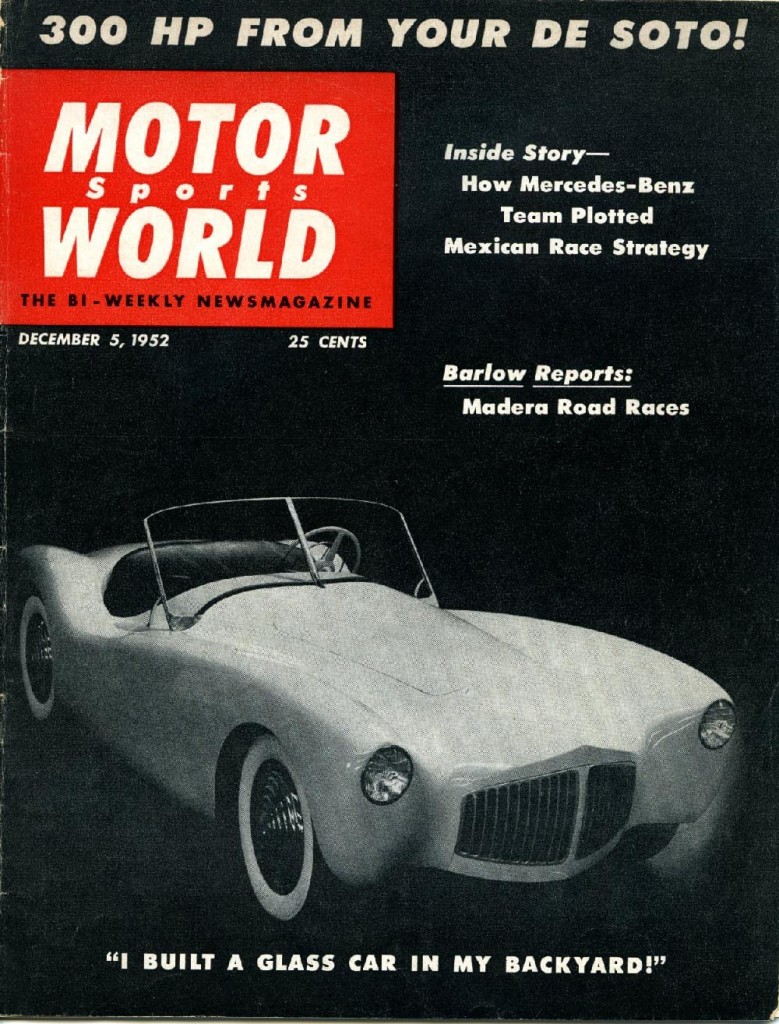
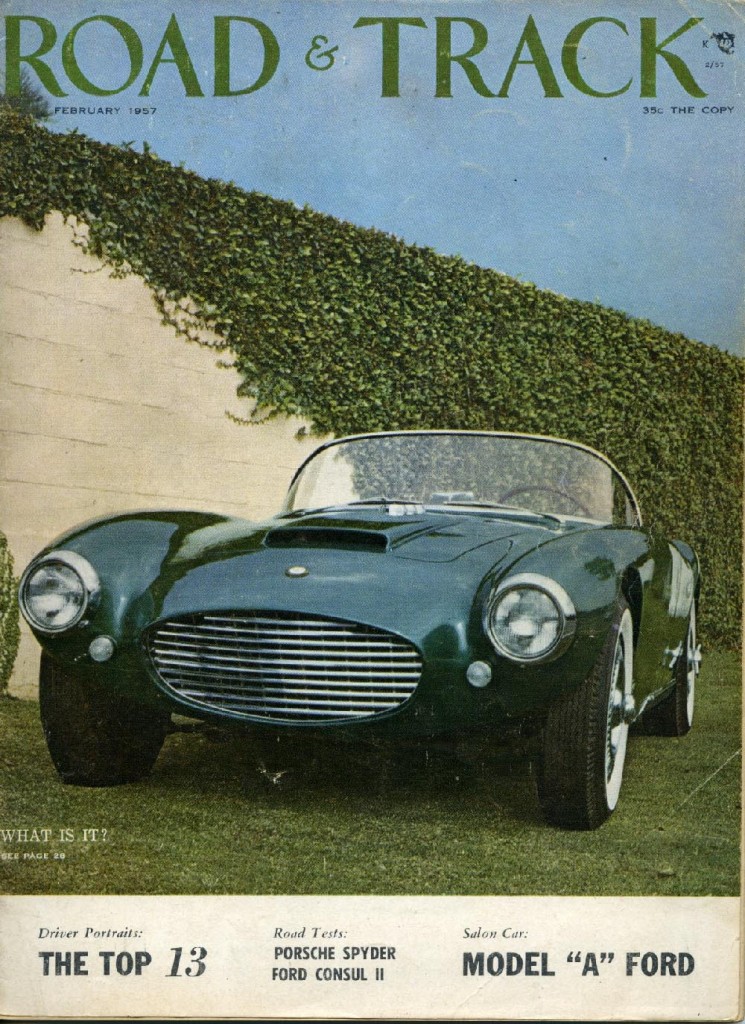
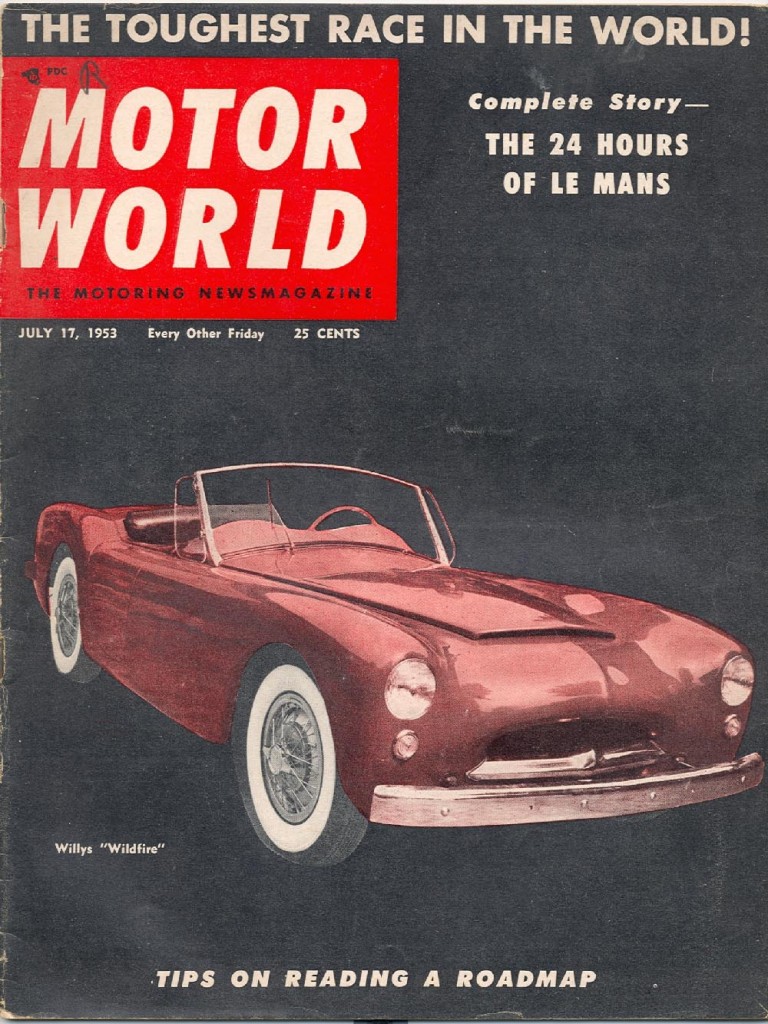
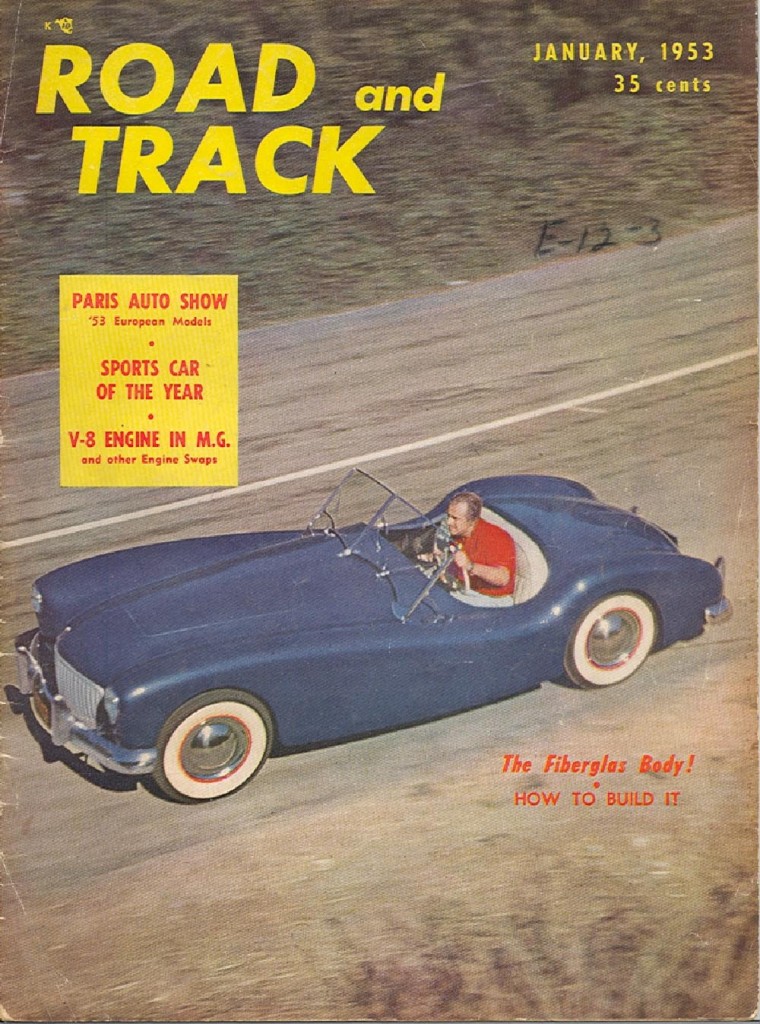
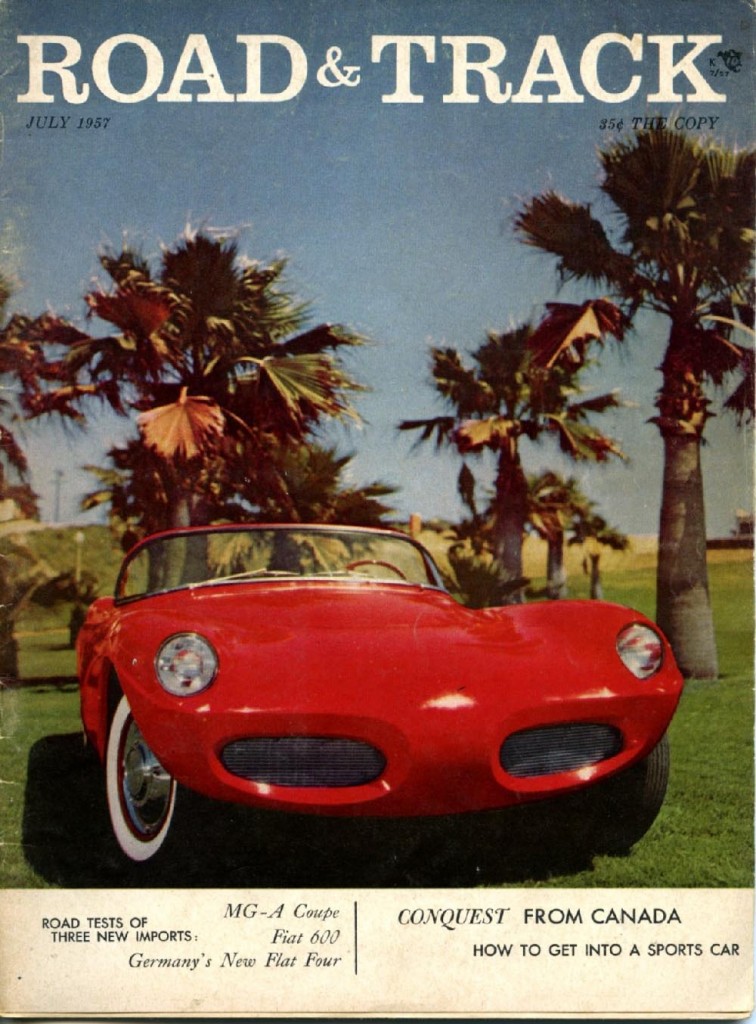
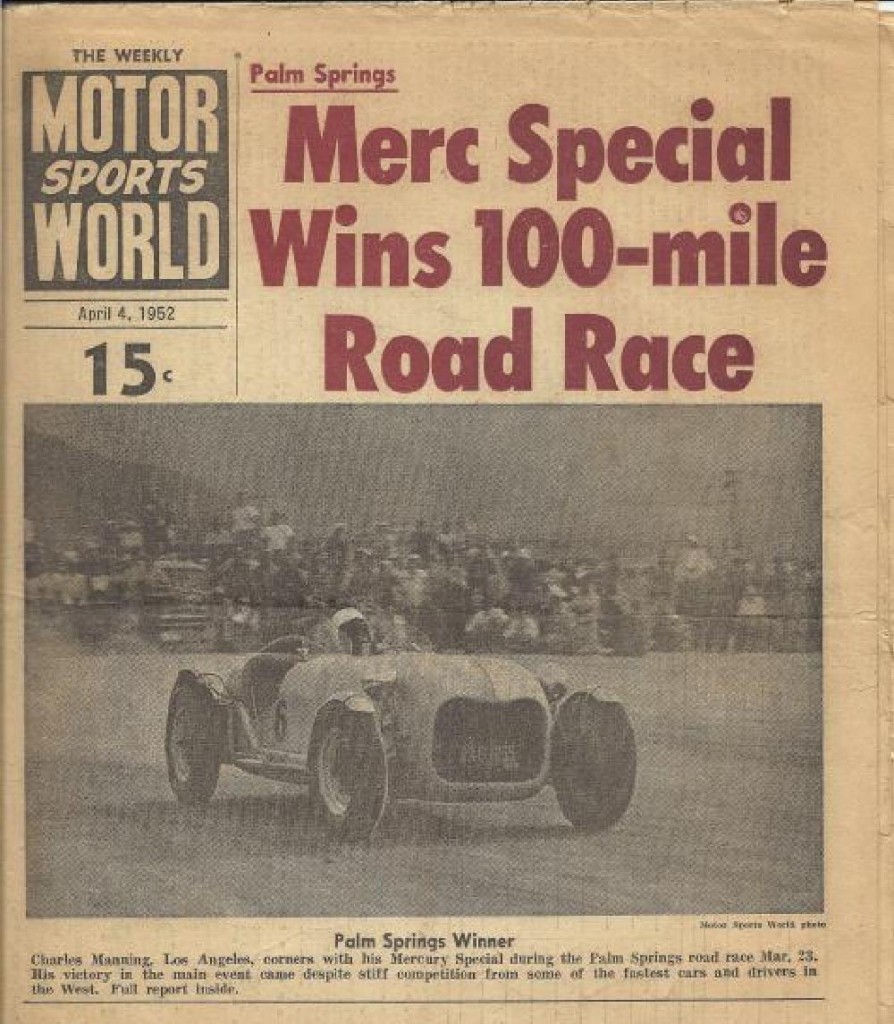
I think Geoff added a great point at the end of this entry about adding your comments at the end of of articles as it helps shape the discussion. It also broadens the information on that particular topic while keeping it in one place. Unlike most history books, you have a say in how this is written! Whether you have first hand insight from being there or you have done some research on you own and know something the rest of us don’t. There are many of you out there that know a lot and without your contribution to this collective effort, that knowledge is wasted and will be eventually lost. Some even have pieces of this history in their closet and know about this site but they will not share what they have with the rest of us. Why, who knows? Maybe they think it is valuable info and if everyone has it then it is worthless, but the reality is, it is worthless if no one knows it exists. It is only gets more valuable when people know about this stuff. As Guy pointed out, these fiberglass cars are getting “hot” because of the efforts of Geoff and the contributors to this site.
The other cool thing is that you don’t have to be a automotive historian to have an impact on this effort. Although its nice to sit back and read what Geoff that the others have found and shared they can only do so much on their own. You the gentle reader can help, honestly. You just have to get out there and start asking questions about the car that you feel isn’t getting enough “play time” on this site, or others for that matter. It might not be getting the play time because no one is doing the looking! I haven’t done research past school projects before and I ( the goofy engineer that crunches numbers all day) found the Lost Manning article while helping research the car and the man. Simply said, if I can do it, so can you.
Together we can put those pieces of the mosaic in place for all of us to enjoy. The ball is rolling folks, we just have to make sure we are helping it keep rolling.
Joel Driskill
Guy’s editorial offers insightful thinking regarding the resurgence of American fiberglass sports cars in the modern collector car and vintage racing segment.
One comment he makes is about the use of composite materials. It’s important to note that fiberglass remains a very viable construction method to this very day. Costs are fairly low, and the only downside is that it is somewhat labor intensive to work with. However, there are many other materials today that fall under the definiton of “composite material”, materials such as carbon fiber, which is still rather new to the production car industry, despite having been used in auto racing nearly three decades earlier. Carbon fiber is incredibly light and for the most part insanely strong; though if stressed, it has been known to “shatter”, thus making it a composite material option that is rather expensive to use, and one that requires incredible knowledge and skill to work with. I still hold hopes however that one day this material will become as easy to work with as fiberglass.
Guy also comments on the origins of the American sports car, a far greater topic, and one that I think we can address here at Forgotten Fiberglass over the course of the next few months.